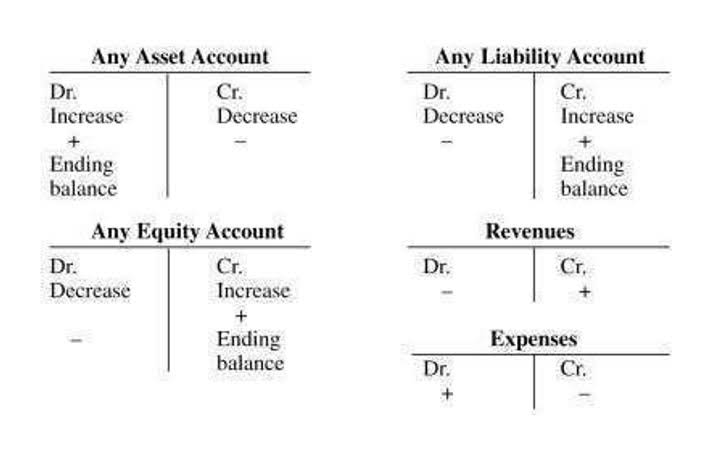
This could be a normal consequence of a more mature business unit, but highlights a trend worth considering. It could https://www.bookstime.com/ align with a corporate strategy, like an expansion into a new region that’s still gaining momentum. Or, it might indicate an excess in company headcount, necessitating a thorough review. In either case, vertical analysis brings such issues into focus in a straightforward manner.

Revisiting vertical analysis in financial statements
You can calculate the proportion of each line item from the total based on publicly available financial data. When looking at the financial statements of your business, it can get quite confusing due to the different figures used. Vertical percentage analysis provides a swift means of evaluating your past performance by comparing your current figures to those of the past.

Key Learning Points
If the financial statements contain errors or are not prepared in accordance with accounting principles, the results of vertical analysis may be misleading. Therefore, it is crucial to ensure the integrity of the financial statements before performing vertical analysis. Previously, Stefan served as income statement the Corporate Controller for Kodiak Cakes, a private equity owned, leading consumer packaged food company, and as a Controller for Skullcandy, a multinational headphone CPG. Financial statements are maintained by companies daily and used internally for business management. In general, both internal and external stakeholders use the same corporate finance methodologies for maintaining business activities and evaluating overall financial performance.

Vertical Analysis Methodology
- You simply receive a concise view of your line items without performing complex calculations.
- While there was a big increase in revenue across the company as a whole in 2023, the majority of this has come from the Asian region.
- It helps in making smarter, strategic decisions by offering a clear view of a company’s financial situation.
- However, it is important to consider vertical analysis in conjunction with other financial analysis techniques and external factors for a comprehensive assessment of a company’s financial position.
- This dual approach offers a comprehensive view, enabling a more informed financial strategy that covers both earnings performance and asset management.
- The ability to create charts, graphs, and visual representations of financial data simplifies the planning process and enhances decision-making capabilities.
In accounting, a vertical analysis is used to show the relative sizes of the different accounts on a financial statement. This shows that the amount of cash at the end of 2024 is 141% of the amount it was at the vertical analysis formula end of 2020. By doing the same analysis for each item on the balance sheet and income statement, one can see how each item has changed in relationship to the other items. In this second example, I will be doing a vertical analysis of Company B’s current assets based on its annual balance sheet.
- Looks at the proportional representation of each line item on financial statements by expressing them as a percentage of total sales.
- Learning how to perform a vertical balance sheet analysis can equip you with the skills to extract actionable insights into your company’s current financial health.
- When conducting vertical analysis on the balance sheet, each line item is expressed as a percentage of the total assets.
- The significance of vertical analysis accounting is well-established in businesses irrespective of their size or stature.
- Vertical analysis indicates the relative importance of each line item in a certain period.
- We can discern through vertical analysis that the main problem area vis-à-vis the decline in net income in year 3 is the cost of goods sold.
Examples of vertical analysis in action
Most often, analysts will use three main techniques for analyzing a company’s financial statements. Basic analysis of the income statement usually involves the calculation of gross profit margin, operating profit margin, and net profit margin, which each divide profit by revenue. Profit margin helps to show where company costs are low or high at different points of the operations. Looks at the proportional representation of each line item on financial statements by expressing them as a percentage of total sales.

Vertical analysis lets you identify trends, growth areas, and patterns in your financial statements and build well-informed strategic plans. This allows analyzing the composition of the income statement and understand the relative significance of each item in relation to the company’s revenue. Adaptability, a proactive approach, and a willingness to embrace change are essential. Relying rigidly on a single method of financial analysis can lead to narrow-mindedness and poor decision-making.

